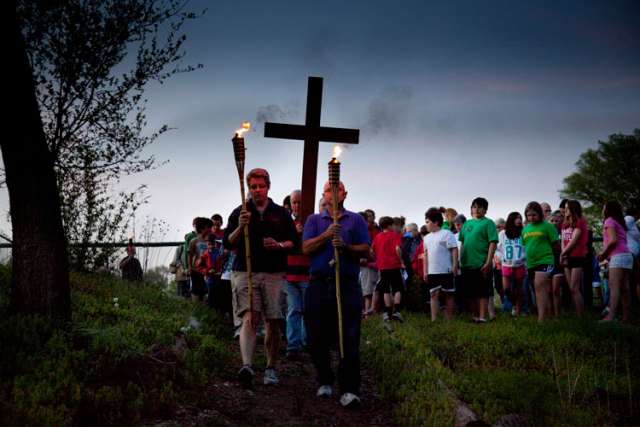More recently notable spiritual authors such as Annie Dillard, Kathleen Norris, Bill Plotkin and Belden Lane have argued persuasively that physical nature profoundly affects the soul, just as how we manage our private desires deeply influences how we treat nature. Spirituality is naive when it is divorced from nature and desire. In a book just released, The Road Knows How: A Prairie Pilgrimage through Nature, Desire and Soul, Canadian writer Trevor Herriot joins these voices in calling for a better integration between nature, desire and soul.
The flow of the book follows its title. Herriot does a walking pilgrimage across part of Saskatchewan’s prairies, a land roamed for centuries by the buffalo, and lets nature and desire speak to his soul as he does this prairie Camino. The result is a remarkable chronicle, a deeply moral book.
A naturalist, Herriot is involved in various conservation projects from saving grassland birds to preserving the historic grass upon which the buffalo once roamed. It’s no surprise one of his central themes is the connection he intuits between nature and spirit.
“I worry about what happens when we separate spirituality from bodily life and culture, both of which are profoundly connected to soil, climate and the other givens of place.” And we should worry too: “These days, we watch truckloads of grain pass by and sense that something in us and in the earth is harmed when food is grown and consumed with little intimacy, care and respect. The local and slow food movements are showing us that the way we grow, distribute, prepare and eat food is important for the health of our body-to-earth exchanges. The next step may be to realize that the energy that brings pollen to ovary and grows the grain, once it enters our bodies, also needs to be husbanded. The way we respond to our desire to merge, connect and be fruitful — stirrings felt so deeply, but often so shallowly expressed — determines the quality of our body-to-body exchanges.”
From there it’s a short step to his reflections on sex and desire. Herriot submits that “there is a sadness that comes of misappropriating sexual energy, a kind of functional despair that hums away in the background for most men if they stop long enough to listen to it.” In brief, for him, how we treat our bodies, our spouses and the other gender greatly helps determine how we treat nature. And the reverse is just as true; how we treat nature will help determine how we treat our own bodies, our spouses, our lovers and the other gender.
“In a world bathed in industrial and impersonal sex, where real connection and tenderness are rare, will we sense also that something in us and in the earth is being harmed from the same absence of intimacy, care and respect? Will we learn that any given expression of our erotic energies either connects us to or divides us from the world around us and our souls? We are discovering that we must steward the energies captured by nature in the hydrocarbons or in living plants and animals, and thereby improve the ways we receive the fruits of the earth, but we struggle to see the primary responsibility we bear for the small but cumulatively significant explosions of energy we access and transmit as we respond to our own longings to connect, merge and be fruitful. Learning how to steward the way we bear fruit ourselves as spiritual/sexual beings with a full set of animal desires and angelic ambitions may be more important to the human journey than we fully understand.”
This is not a language that’s easily digested by either the right or the left.
Like Allan Bloom’s book a generation ago, The Closing of the American Mind, Herriot’s is poised to have equally strong critics on both sides of the religious and ideological spectrum. Religious conservatives will be upset about some of his views on sexuality, but I fear that many secular liberals will be just as upset by those views as their right-wing counterparts. The same holds true for some of Herriot’s views on soul, church, historical Christianity, patriarchy, feminism, gender, homosexuality and global warming. Conservative Christians will find themselves stretched in ways that they would prefer to not think about and strident secularists will find themselves constantly incredulous that someone like Herriot, whom they consider an ally, will speak of soul, spirituality, lust and chastity in ways that they have long-considered naive. But holding very complex truths often creates precisely this kind of tension.
James Hillman used to quip: “A symptom suffers most when it doesn’t know where it belongs.” The Road Knows How tells us where many, many of our symptoms belong.
(Fr. Rolheiser can be reached at www.ronrolheiser.com.)


